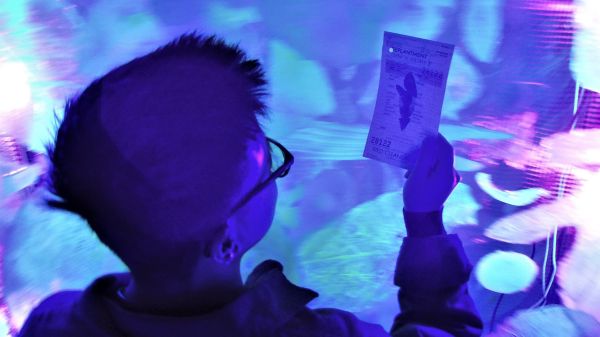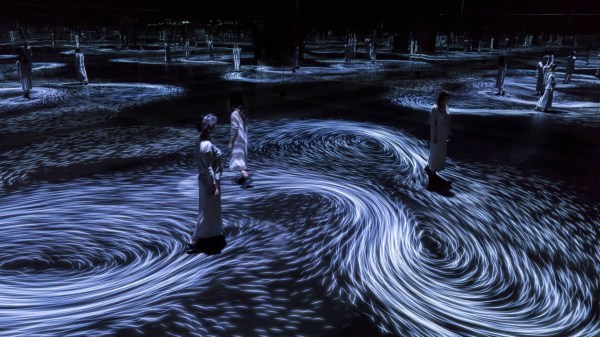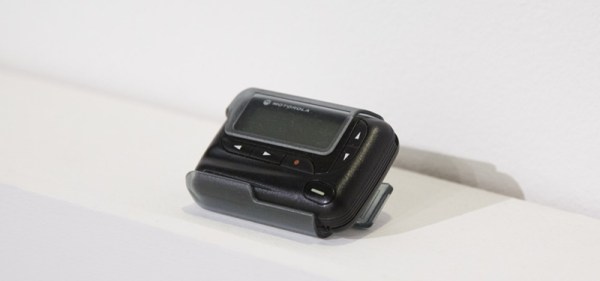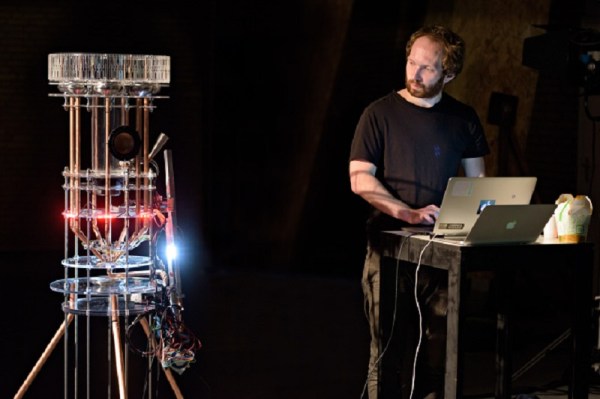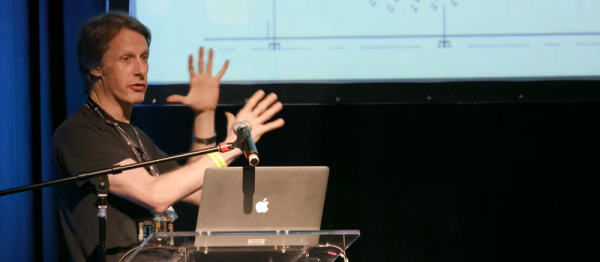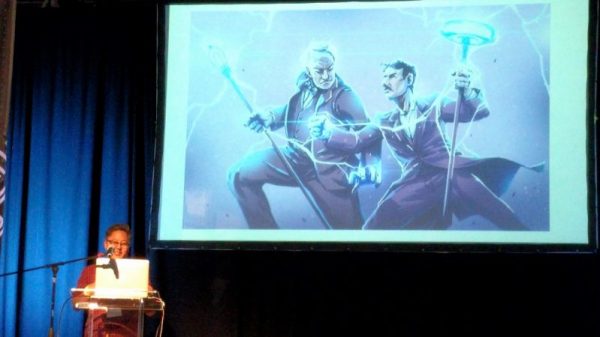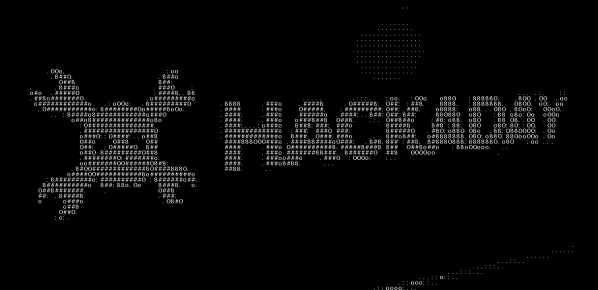Pick a card, any card. [Andrew Quitmeyer] and [Madeline Schwartzman] make sure that any card you pick will match their NYC art installation. “Replantment” is an interactive art installation which invites guests to view full-size leaf molds casts from around the world.
A receipt file with leaf images is kept out of range in this art installation. When a viewer selects one, and carries it to the viewing area, an RFID reader tells an Arduino which tag has been detected. Solid-state relays control two recycled clothing conveyors draped with clear curtains. The simple units used to be back-and-forth control but through dead-reckoning, they can present any leaf mold cast front-and-center.
Clothing conveyors from the last century weren’t this smart before, and it begs the question about inventory automation in small businesses or businesses with limited space.
We haven’t seen much long-range RFID, probably because of cost. Ordinary tags have been read at a distance with this portable reader though, and NFC has been transmitted across a room, sort of.

